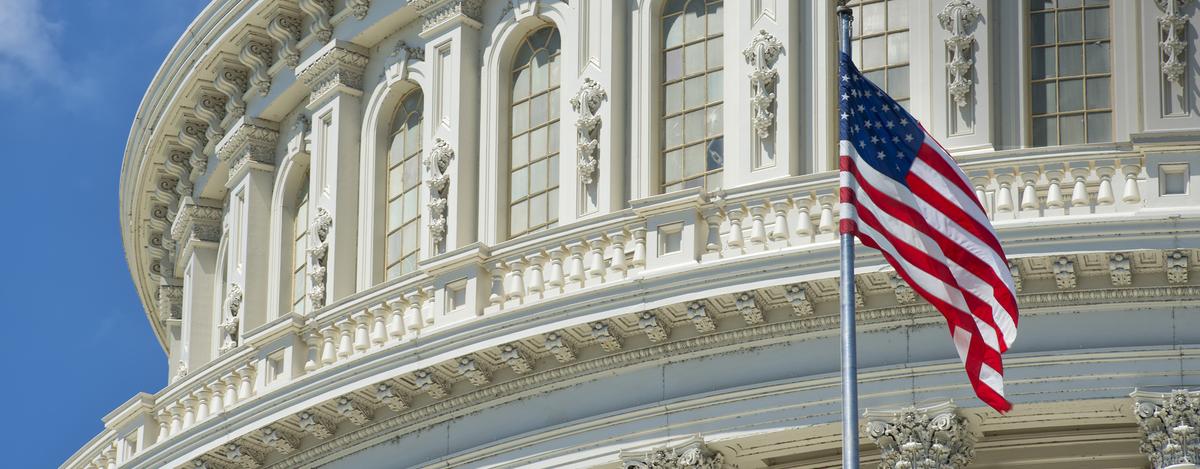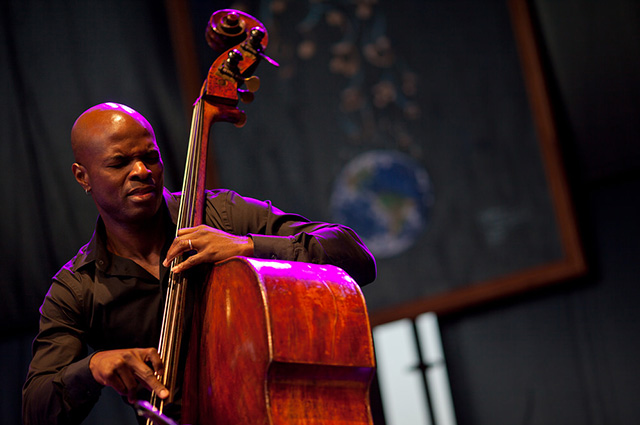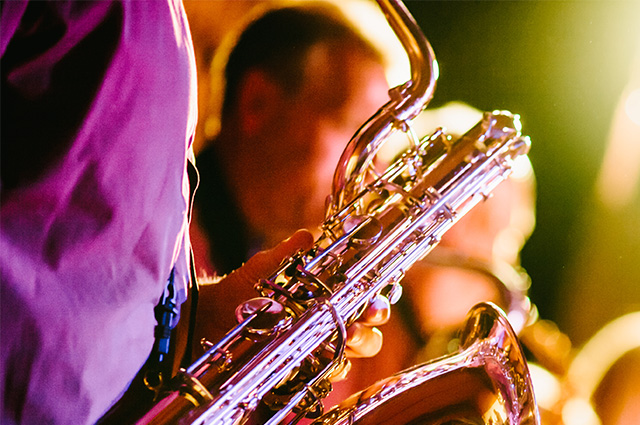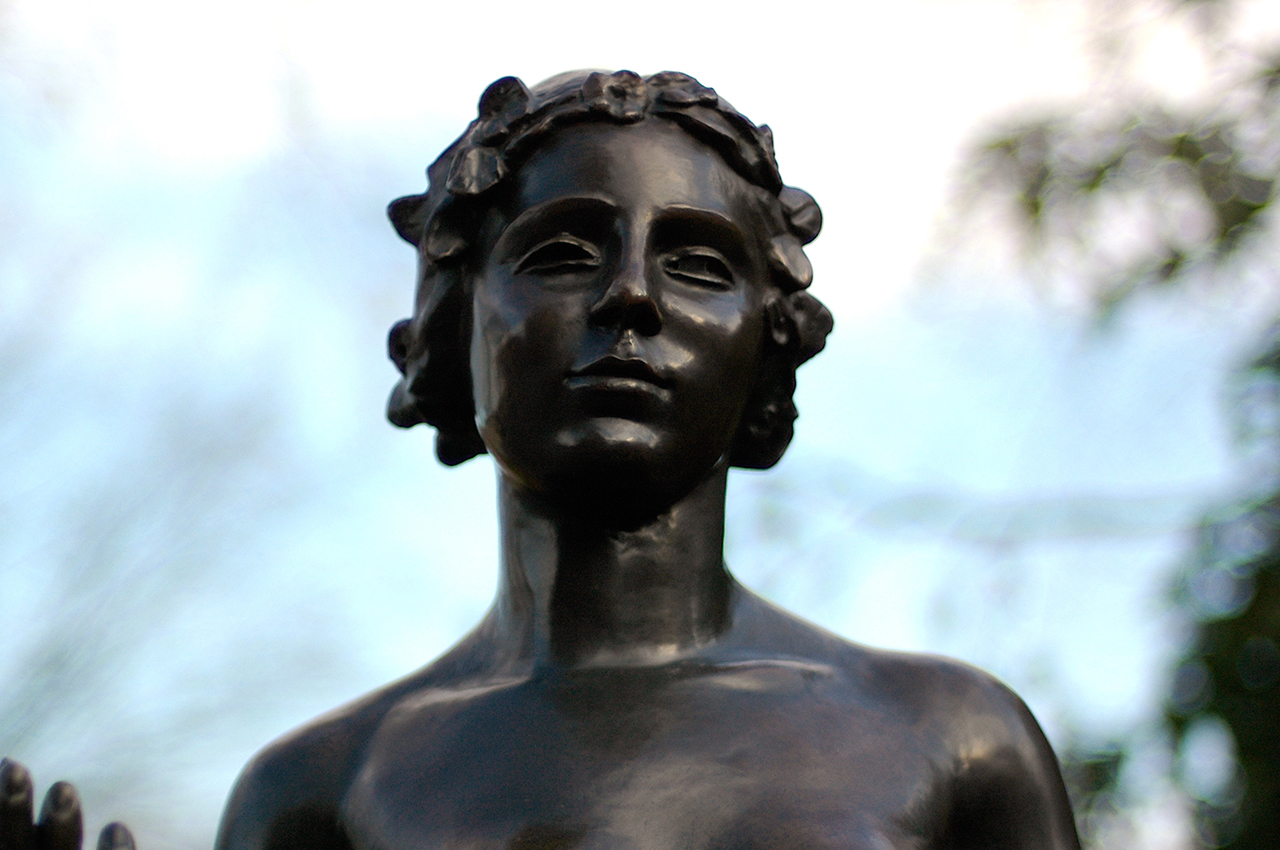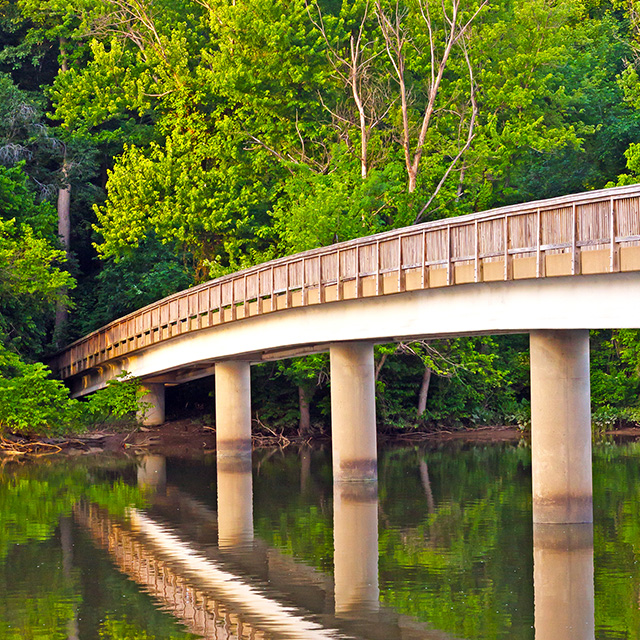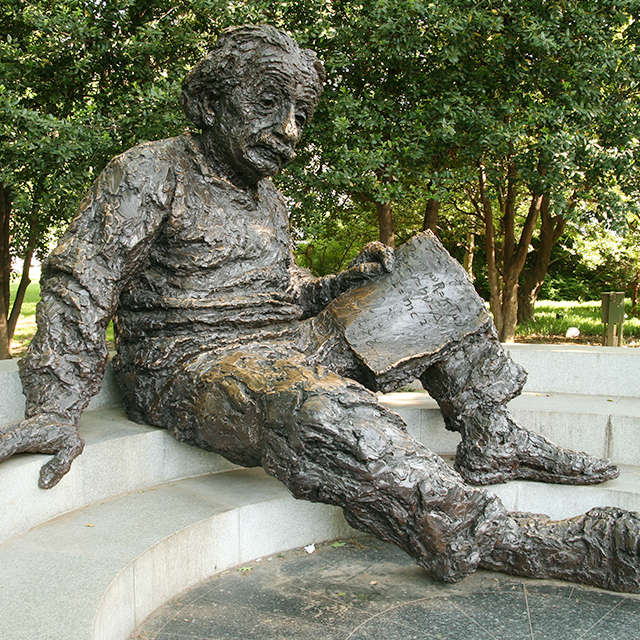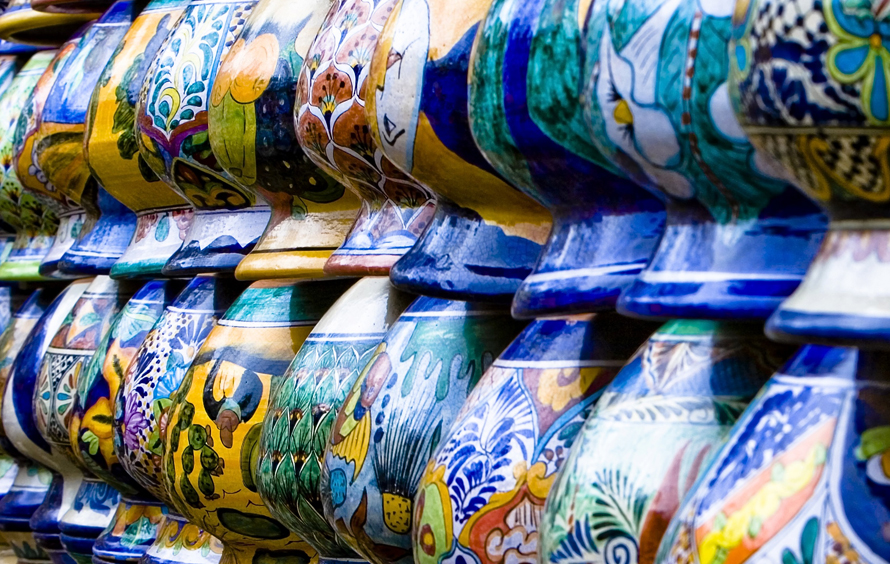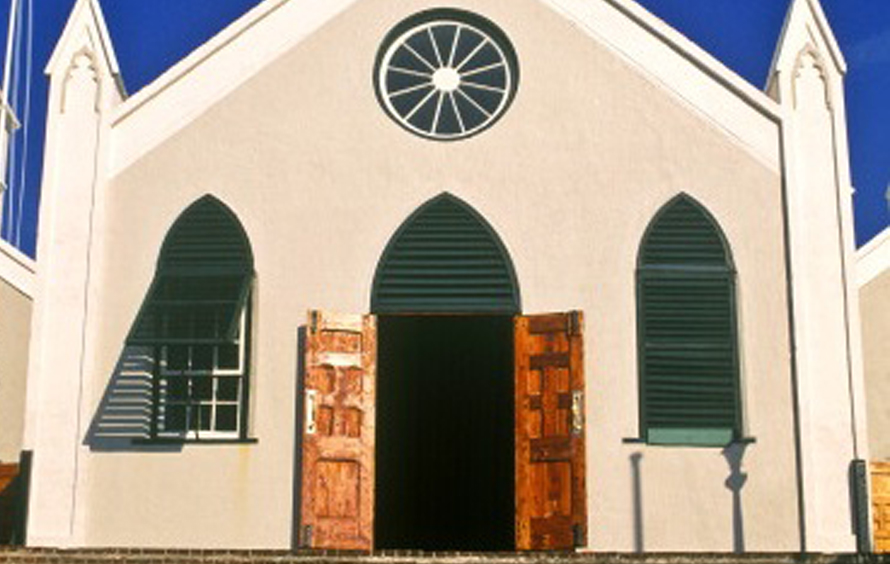The Poise of Washington
The capital that leads with dignity and class
With its maze of marble monuments, neoclassical government buildings and vast museums, Washington, D.C.
oozes a graceful blend of sophistication, power and rich cultural heritage. From the Founding Fathers to the
forerunners of the Jazz Age, the nation’s capital has always been home to trend-setting visionaries and
never has that been truer than today.
After a decade of dramatic transformation, this politically charged city is pulsating with a unique brand of
modern flavour against its classically inspired background. Entrepreneurs are leading espionage tours
through Cold War relics, musicians are trumpeting the blues along the city’s historic “Black Broadway” and
visitors are starting to push past the city’s crowded corridors and discover D.C.’s many hidden gems.
Spy central
Behind its buttoned-up public image, D.C. has bubbled as a hotbed of espionage from the Civil War to the
Cold War - and even today. In fact, it’s often said the nation’s capital is home to more spies than
anywhere else on earth. For the curious (or suspicious), one of the best ways to experience D.C.’s dark
underbelly is by diving into its history of covert counterintelligence activity.
From bugs to concealed cameras, The International Spy Museum in Penn Quarter is home to the
world’s largest
collection of espionage-related artefacts. It includes a Bulgarian umbrella, similar to the one the KGB used
in 1978 to assassinate dissident Georgi Markov on the streets of London, which was modified to fire a tiny
pellet filled with poison. Also on display is a shoe with a hidden heel microphone and transmitter that the
Romanian Secret Service used to monitor the conversations of American diplomats throughout the 1960s and
’70s after secretly obtaining their shoes. But since the museum’s School for Spies and Secret History of
History exhibits are also home to some pretty big crowds, smart travellers should take advantage of D.C.’s
wonderful walkability and join a spy-based tour on foot.
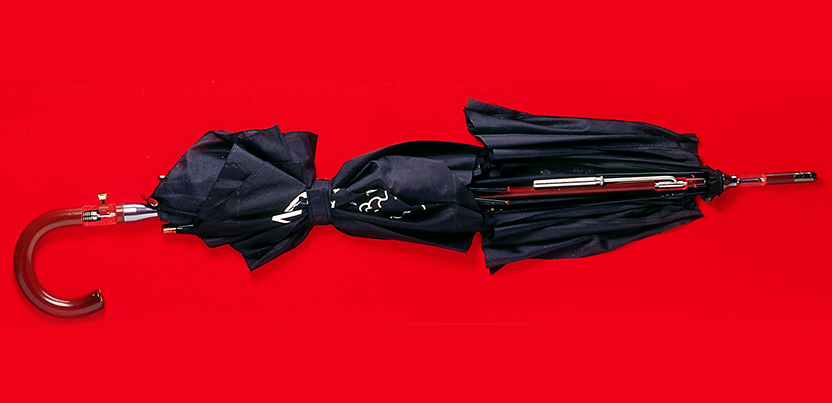
The Bulgarian spy umbrella. Image copyright: Courtesy of the International Spy Museum.

The Bulgarian spy umbrella.
Image copyright: Courtesy of the International Spy Museum.
The best of the bunch is Carol Bessette’s Spies of Washington tours. A retired Air Force
intelligence agent,
Bessette offers four D.C. area tours unearthing so much betrayal and deception inside the Beltway they make
House of Cards seem tame. During your two-hour stroll, you may learn about how certain mailboxes
around the
Russian embassy were used as sites to spill diplomatic secrets, or how FBI counterintelligence agent Robert
Hanssen taped envelopes with confidential information under a bridge known as “Drop Site FLO” so members of
the KGB could retrieve them.

The International Spy Museum in Washington, D.C.. Image copyright: Courtesy of the International Spy Museum.

The International Spy Museum in Washington, D.C..
Image copyright: Courtesy of the International Spy Museum.
For those who’d rather set out on a solo spy mission, beyond the infamous Watergate building, don’t miss
Mr.
Smith’s of Georgetown, a pub where CIA traitor Aldrich Ames handed over seven pounds of
top-secret material
to the KGB; the nearby J. Edgar Hoover residence, where the FBI’s most famous director
installed bulletproof
windows in his home to protect the top-secret files he held on political leaders; and the famed Smithsonian
Institution Castle, where Union sentries used to spy on Confederate troops with binoculars from
the castle’s
towers.
The beat goes on
Before New York’s Harlem Renaissance, D.C.’s U Street Corridor was home to the largest urban
African-American community in the country. Known as “Black Broadway” from the 1920s to 1940s, the
neighbourhood boasted some of the most notable jazz venues in the country and launched the careers of many
of the genre’s most famous legends of the 20th century, including local residents Duke Ellington, Shirley
Horn and Roberta Flack.
The city’s illustrious jazz scene is still thriving, and many of the most historic venues along the U Street
Corridor — such as the Lincoln Theatre — that once hosted greats such as Cab Calloway, Ella
Fitzgerald and
Louis Armstrong — are still packing in crowds. Thanks to an elegant renovation, the Corridor’s oldest jazz
club, the 106-year-old Howard Theatre, recently reopened its doors to the public after 32
years and remains
one of the hottest tickets in the city.
While the U Street neighbourhood is home to the greatest cluster of jazz venues in the city, the scene has
spilled throughout the capital’s four quadrants. Fans of improv jam sessions should head to Takoma
Station,
where some of the best up-and-coming young performers in the region join forces each Tuesday night. Nestled
amid Georgetown’s atmospheric cobblestone streets, the 50-year-old Blues Alley has been
dubbed “the nation’s
finest jazz and supper club” by the New York Times and is frequently graced by prominent acts such
as
virtuoso Nasar Abadey, a drummer/composer/bandleader and the city’s reigning Jazz Artist of the Year.
Hidden gems
Few cities have as many monuments, museums and “must-see” sites as Washington, D.C.. But there is much more
beyond the hallowed halls of the Smithsonian and the striking statues of politicians and peacemakers, or
even the graceful stoicism of Aristide Maillol’s Nymph at the Hirshhorn Museum and Sculpture Garden that so
perfectly symbolises the capital’s serenity in contrast to the contemporary D.C. is awash with lesser-known
landmarks that are guaranteed to impress – and come with a fraction of the crowds.
Hidden near the Vietnam Veterans Memorial in the south-west corner of the National Academy of
Sciences’
grounds, you’ll find a bronze monument paying tribute to the world’s most famous scientist: Albert Einstein.
Ponder the theory of relativity (or just how small you are in comparison) as you climb the 12-foot statue
and sit in Einstein’s lap for a wonderful photo-op while he holds some of his most famous mathematical
equations in his left hand.
“The graceful stoicism of Aristide Maillol’s Nymph that so perfectly symbolises the capitals’ serenity in contrast to the contemporary.”
“The graceful stoicism of Aristide Maillol’s Nymph that so perfectly symbolises the capitals’ serenity in contrast to the contemporary.”
Beyond the sweeping embassies and estates of Connecticut Avenue lies one of the most mysterious buildings on
the East Coast: the Scottish Rite of the Freemasonry’s House of the Temple. Guarded by a
sphinx and featured
in Dan Brown’s thriller The Lost Symbol, this national headquarters of the Freemasons holds a
series of
grand staircases, an atrium dotted with Egyptian hieroglyphics, and a wooden and purple velvet throne in an
inner sanctum.
The president who ensured future generations would have national parks to enjoy is, fittingly, honoured in a
bucolic island setting of his own. The Theodore Roosevelt Island National Memorial is tucked in a leafy
88.5-acre island nestled in the middle of the Potomac River. To reach it, you’ll need to cross an arching
bridge from just over the D.C. border in Virginia. Once you arrive, keep your eyes peeled for deer, foxes,
eagles and a 17-foot statue of the 26th president.
Rosewood Washington, D.C. has opened this election year in the capital's picturesque Georgetown neighbourhood.
Rosewood
The Essence of Experience
Rosewood Washington, D.C. opened in 2016 in the capital's picturesque Georgetown and delivers a heightened sense of elegance, intimacy, and sophistication in the city’s most historic and exclusive neighborhood. Resting on the C&O Canal, the hotel offers ample privacy, bespoke guest services and a tangible connection to the culture and traditions of the nation’s capital.





